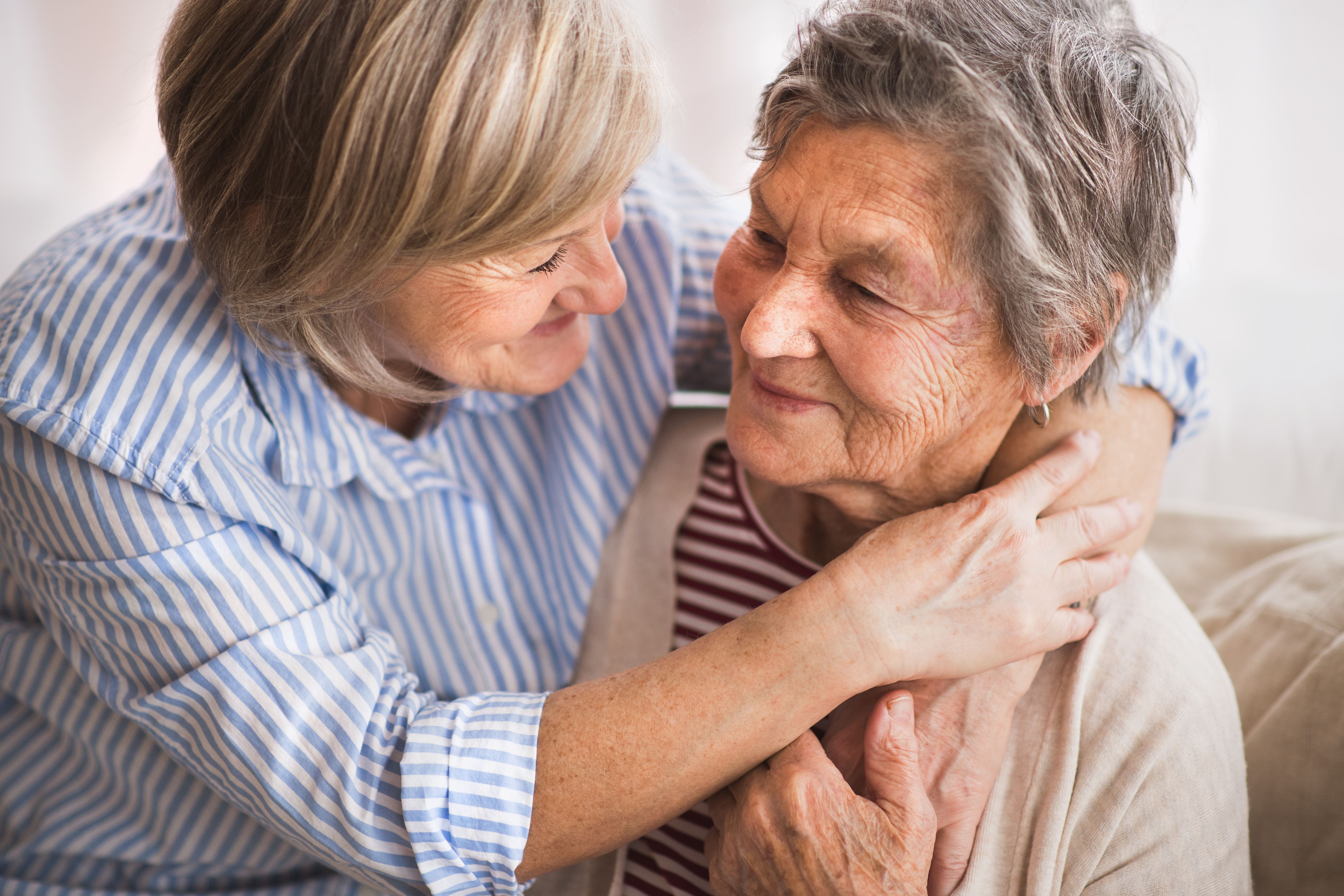7 ways to partner with a caregiver

Partnering with a professional caregiver can lead to better care for your aging loved one by blending your personal insights with their expertise. Frequent communication, clear expectations, and regular check-ins can build a strong caregiver partnership to ensure your loved one gets care that’s person-centered.
Becoming a caregiver for a loved one is a huge responsibility — one that is as rewarding as it is challenging. As your loved one’s needs grow, you may find yourself juggling responsibilities, feeling overwhelmed, and uncertain about how to provide them with the care they need. This is where partnering with a professional caregiver can make all the difference.
It’s natural to feel hesitant about entrusting your loved one’s care to someone else. As a family member, you have a deep emotional connection with and understanding of your loved one’s needs — from the way they drink their coffee to the TV show they watch every night after dinner. Watching another caregiver step in might stir up feelings of anxiety or concern for your loved one’s well-being.
But we'll let you in on a not-so-secret secret: one of the best things you can do is partner with your loved one’s caregiver.
Think of caregiving as a peanut butter and jelly sandwich. Your intimate knowledge of your loved one’s likes and dislikes is the peanut butter, while the professional caregiver’s expertise is the jelly. The caregiving partnership is the two slices of bread, bringing everything together to create a care plan for your loved one that’s greater than the sum of its parts.
Types of Caregivers
Putting the sandwich metaphors aside, let’s define the different types of caregivers. Typically, there are two main types of caregivers: family caregivers and professional caregivers.
Family caregivers are often relatives who take on the caregiving role out of love and duty, providing emotional support and assistance with things like the activities of daily living (ADLs). A professional caregiver is trained or licensed and can help with ADLs and offer specialized personal care services.
Together, you and your loved one’s caregiver can coordinate a plan to ensure care for your loved one that addresses their physical, mental, spiritual, and social health. We’ve put together a few tips to help you connect with your loved one’s care provider.
7 Ways to Partner with a Caregiver
1. Talk it out
Keep those lines of communication open and let your caregiver know that you’re always there to answer questions, solve problems, or just listen. A good partnership requires good communication so talk about the best way to communicate with each other, whether through calls, texting, or in-person meetings. Set up a weekly check-in call or video chat with the caregiver to discuss updates and any concerns. You can also arrange for a friend or family member to look after your loved one so you can talk privately with the caregiver. It may also be helpful to establish a contact person within the care provider’s administration to make communication smoother.
2. Set clear expectations
Your loved one’s caregiver is an important part of their life. When you partner with a caregiver, make sure they have a clear understanding of what is expected of them. You can create a daily checklist to serve as a reminder for both you and the caregiver. Remember, your loved one’s caregiver is a person too — mutual respect and understanding goes a long way. With clear expectations, you, your loved one, and the caregiver can prevent misunderstandings and promote consistent and reliable care.
3. Stop by for a check-in
Drop by periodically at various times of the day to see how things are going. This is a great time to check-in with your loved one’s caregiver, ask or answer questions, and further build your partnership with them.
4. Ask questions
When your loved one is receiving care, take the time to ask them about their caregiver. Engage them in conversation and ask open-ended questions such as:
How do you feel about the care you’re receiving?
Is there anything you’re unhappy about?
What do you enjoy about your caregiver?
Understanding what your loved one wants and needs is essential to getting them the best care possible.
5. Keep your eyes open
As your loved one receives care it’s important to be on the lookout for any negative changes in their physical, mental, and emotional health. Things to lookout for can include:
Unexplained cuts or bruises
Sadness
Anxiety
Fear
Lack of personal hygiene
Loss of interest
Eating less
Sleeping less
Keep a journal to document any changes in your loved one’s health. If your loved one’s caregiver works for an agency, it might be wise to keep an eye on the news for any updates. You can set up a Google Alert to receive emails any time the care provider’s agency is mentioned in local news.
6. Consider enlisting more than one caregiver
Having multiple caregivers can provide backup coverage and reduce the risk of caregiver burnout. If working with independent caregivers or family caregivers, you can schedule regular shifts for multiple caregivers and keep everyone in contact with a group chat on your phone. If you’re working with an agency, discuss the best way to have the right coverage for your loved one. Having another set of eyes can also help monitor your loved one’s well-being and different perspectives on your loved one’s care can promote positive outcomes.
7. Show your appreciation
Never underestimate the power of a simple “thank you.” Recognizing a job well done can mean a lot to a caregiver while building a positive and supportive relationship. Writing a note of appreciation, giving them a small treat or gift card, or asking them about their life can help show your gratitude and encourage them to provide excellent care.
What’s best for your loved one?
At the end of the day, your loved one is what’s most important. You may be surprised at how far a simple compliment like, “thank you for what you do,” can go. Your loved one’s caregiver is an essential part of their lives so don’t hesitate to build a partnership with them. Building a strong foundation of trust and mutual respect can lead to better care.
Looking for a quality caregiver?
Whether you’ve just started looking for a caregiver or you want to enlist additional support for your loved one, providers in the CareScout Quality Network have got you covered.






